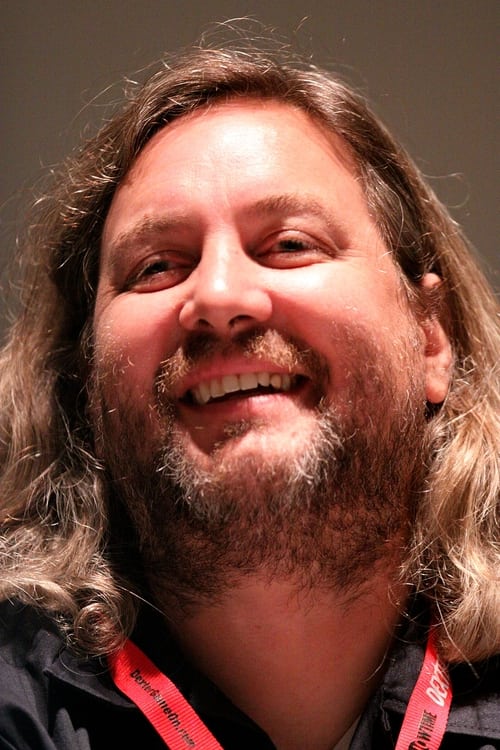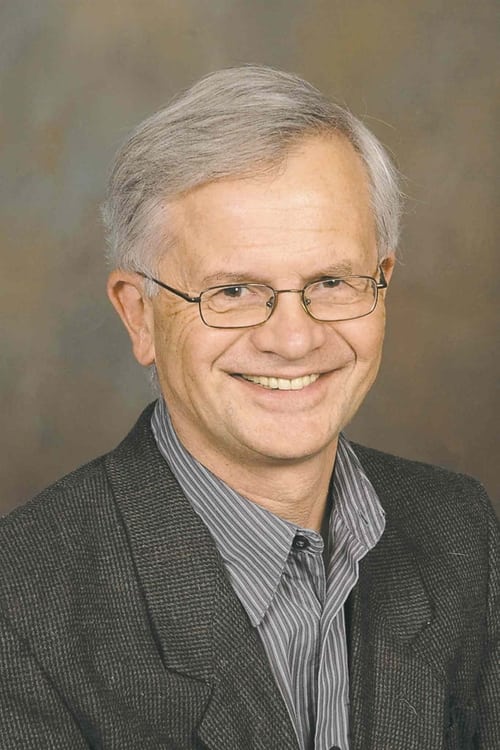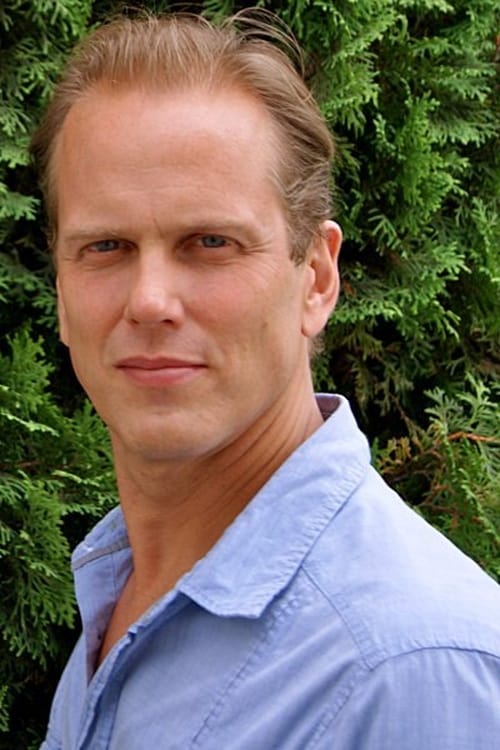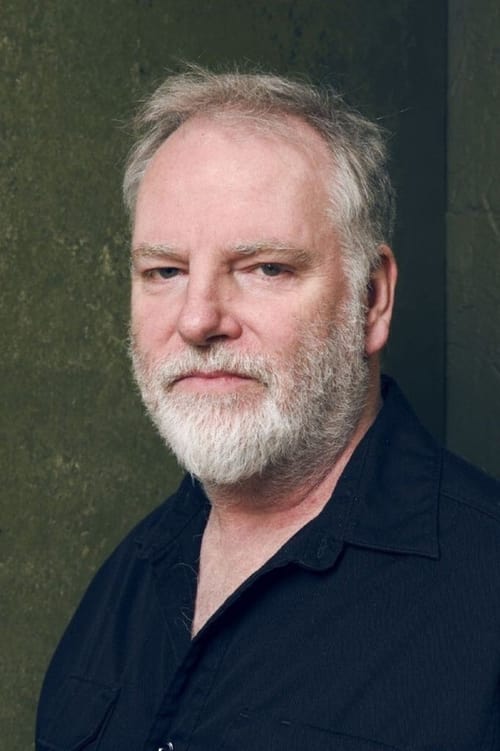Tales from the Gimli Hospital (1988)
It all happened in a Gimli we no longer know.
Gênero : Fantasia, Terror
Runtime : 1H 8M
Director : Guy Maddin
Sinopse
While their mother is dying in the modern Gimli, Manitoba hospital, two young children are told an important tale by their Icelandic grandmother about Ainar the lonely, his friend Gunnar, and the angelic Snjofrieder in a Gimli of old.
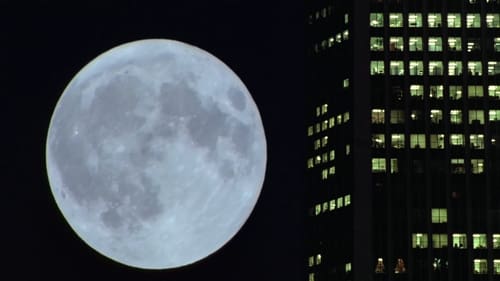
Koyaanisqatsi - Uma Vida Fora de Equilíbrio. As relações entre os seres humanos, a natureza, o tempo e a tecnologia. Cidade, campo, paisagem, rotina, pessoas, construções, destruição. Um documentário sem atores e sem diálogos, composto por uma impressionante coleção de imagens e uma marcante trilha sonora.

Five lonesome cowboys get all hot and bothered at home on the range after confronting Ramona Alvarez and her nurse.
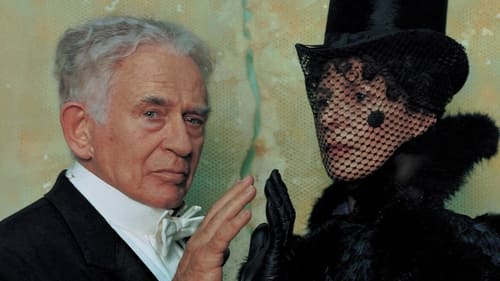
CREMASTER 2 (1999) is rendered as a gothic Western that introduces conflict into the system. On the biological level it corresponds to the phase of fetal development during which sexual division begins. In Matthew Barney's abstraction of this process, the system resists partition and tries to remain in the state of equilibrium imagined in Cremaster 1 ...
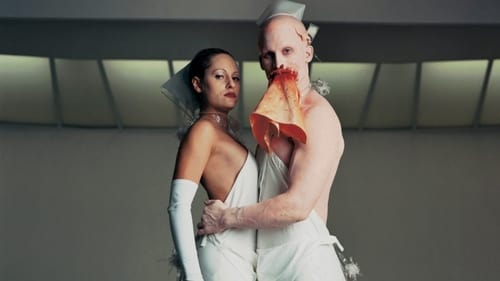
CREMASTER 3 (2002) is set in New York City and narrates the construction of the Chrysler Building, which is in itself a character - host to inner, antagonistic forces at play for access to the process of (spiritual) transcendence. These factions find form in the struggle between Hiram Abiff or the Architect ...
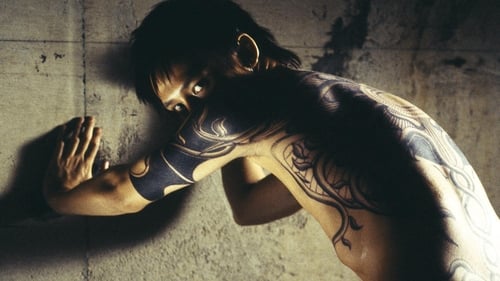
Dois jovens são encarcerados no mesmo dia, cumprindo penas por crimes de homicídio não relacionados. Yun, tímido e bem parecido, é alvo previsível de desejos e abusos por parte de outros prisioneiros, mas Shiro, frio e violento, sem pestanejar antes de enfrentar, a soco e pontapé, meia dúzia de oponentes, decide protegê-lo. Um dia, sem que nada o pudesse fazer prever, os guardas encontram Yun com as mãos em redor do pescoço de Shiro, já inerte. Como que a prever a incredulidade de todos, enquanto é levado pelos guardas, Yun assegura que foi ele quem matou Shiro. Dois detectives investigam o caso.
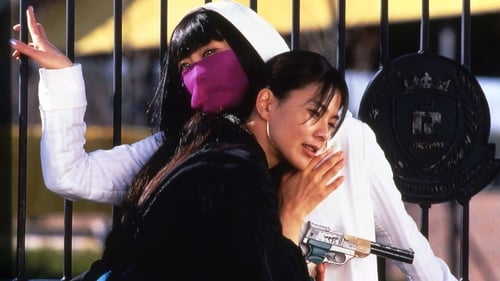
Miyuki Minazuki, apelidada de “Gata de Rua,” é a “Número 3” no Sindicato de Assassinos. Ela mora com sua avó, e sua arma preferida é uma pistola. Gata de Rua recebe suas ordens de Sayoko Uekyo, uma mulher enigmática de vestido branco. Ela parece confortável com sua posição no ranking, mas a rivalidade se intensifica quando o misterioso “Número 1,” apelidado de “100 Olhos,” começa a atacar os outros assassinos que estão no topo da hierarquia. Quando Sayoko informa Gata de Rua de que 100 Olhos agora é um alvo para o Sindicato, surge a oportunidade para matá-lo e assumir o primeiro lugar. Espécie de remake e continuação de A Marca do Assassino (Goro Hanada, protagonista em 1967, é agora “Número 0,” um conselheiro de Gata de Rua), o filme aplica o estilo tardio de Suzuki à matriz dos filmes de gângster que ele fazia na Nikkatsu, resultando num painel delirante de cores e ritmos, um balé ou uma ópera de sedução e morte.

Tanto este filme, como o anterior (Morte e Renascimento), caracterizam o "final alternativo" de Neon Genesis Evangelion. Por ser um final alternativo, os episódios 25 e 26 da série original são desconsiderados. "O Fim de Evangelion", assim como "Morte e Renascimento", é divido em duas partes: A primeira é a repetição de "Renascimento" com mais cenas e renomeado para "Air" (chamado também de "Episódio 25"). A segunda parte é chamada de "Heart" (ou "Episódio 26"). O filme mostra o verdadeiro final da série. Todos os acontecimentos de Neon Genesis Evangelion culminaram para esse ponto. O Terceiro Impacto começa e cabe a Shinji Ikari decidir o futuro da humanidade. Sem deixar os momentos de ação e de filosofia de lado (e também muitas indagações), "O Fim de Evangelion" é um final merecido para série.
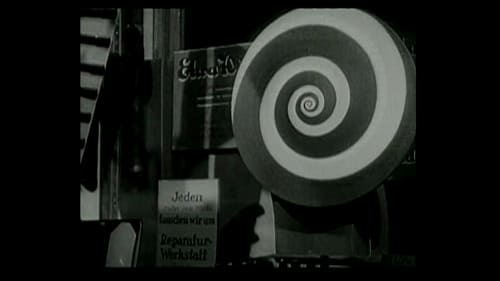
A train speeds through the country on its way to Berlin, then gradually slows down as it pulls into the station. It is very early in the morning, about 5:00 AM, and the great city is mostly quiet. But before long there are some signs of activity, and a few early risers are to be seen on the streets. Soon the new day is well underway. It's just a typical day in Berlin, but a day full of life and energy.

Dislocation in time, time signatures, time as a philosophical concept, and slavery to time are some of the themes touched upon in this 9-minute experimental film, which was written, directed, and produced by Jim Henson. Screened for the first time at the Museum of Modern Art in May of 1965, "Time Piece" enjoyed an eighteen-month run at one Manhattan movie theater and was nominated for an Academy Award for Outstanding Short Subject.

A Japanese fairy tale meets commedia dell'Arte. All in white, the naïf Pierrot lies in a wood. Doo-wop music plays as he rises, stares about, and reaches for the moon. Although music abounds and the children of the wood are there at play, Pierrot is melancholy and alone. Harlequin appears, brimming with confidence and energy. He conjures the lovely Colombina. Pierrot is dazzled. But can the course of true love run smooth?
Filmed in France in 1950, it was not completed nor released until 1971
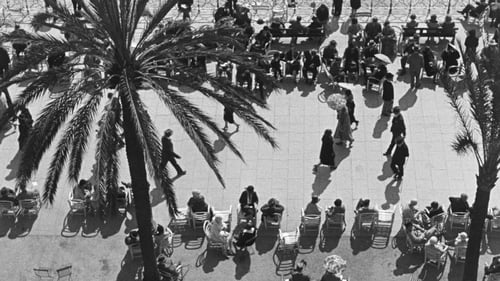
Um satírico e envolvente retrato da cidade turística de Nice, na Côte d’Azur, na época vendida como a cidade dos prazeres.
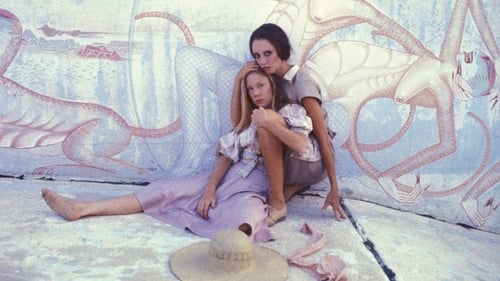
Três mulheres muito diferentes se encontram em um spa para idosos e enfermos. Uma delas se envolve na vida de uma outra e surpreende as demais mulheres com até onde ela irá para manter a relação delas intacta.

A spiral design spins. It's replaced by a spinning disk. These two continue in perfect alternation until the end: a spiral design, a disk. Each disk is labelled and can be read as it rotates. The messages, in French, feature puns and whimsical rhymes and alliteration. The final message comments on the spiral motif itself.
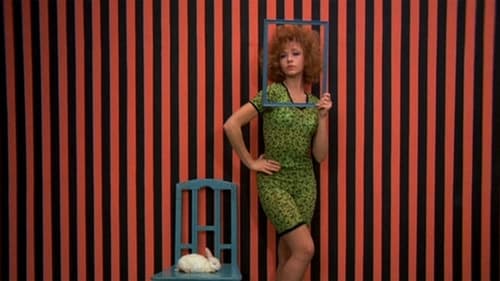
Uma apresentação das polêmicas teorias e terapias do psicanalista Wilhelm Reich, ferrenho incentivador da liberdade sexual. Simultaneamente duas jovens iugoslavas - uma delas militante comunista - tentam seduzir um astro russo, enquanto norte-americanos adeptos do sexo livre contam suas aventuras e compartilham algumas de suas dicas.
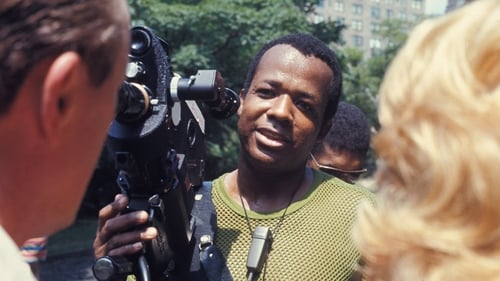
In Manhattan's Central Park, a film crew directed by William Greaves is shooting a screen test with various pairs of actors. It's a confrontation between a couple: he demands to know what's wrong, she challenges his sexual orientation. Cameras shoot the exchange, and another camera records Greaves and his crew. Sometimes we watch the crew discussing this scene, its language, and the process of making a movie. Is there such a thing as natural language? Are all things related to sex? The camera records distractions - a woman rides horseback past them; a garrulous homeless vet who sleeps in the park chats them up. What's the nature of making a movie?
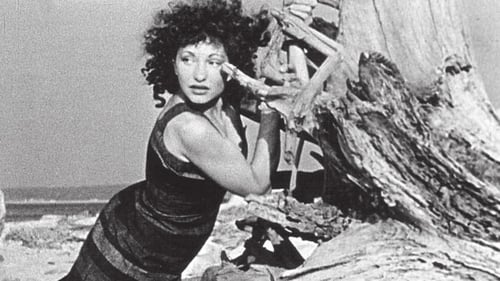
A woman lies on the sand, left there by the tides and waves (and in a pose that would be copied in From Here to Eternity). She reaches up across tree roots and makes a difficult climb. Only to discover herself climbing horizontally along a long dinner table as bourgeoise black-tie guests chat and drink and smoke, oblivious to her. At the top of the table, a man is playing chess but abandons the game. Fascinated, she gazes at board, the pieces moving unaided. The woman chases a pawn as it falls to the floor. Falls down a waterfall. Is lost.
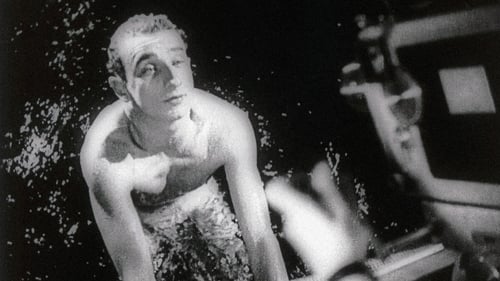
Short documentary directed by Jean Vigo about the French swimmer Jean Taris. The film is notable for the many innovative techniques that Vigo uses, including close ups and freeze frames of the swimmer's body.

2012: Tempo de Mudança é um documentário que apresenta maneiras de transformar nossa sociedade insustentável em uma cultura planetária regenerativa. Isso pode ser alcançado por meio de uma mudança de consciência pessoal e global e da implementação sistêmica do design ecológico.

At Stamford Road in Dalston Junction of east London, the camera follows pedestrians, cars and birds while a narrator, who appears to be the director behind the camera, seems to instruct the objects.

Shot under extreme conditions and inspired by Mayan creation theory, the film contemplates the illusion of reality and the possibility of capturing for the camera something which is not there. It is about the mirages of nature—and the nature of mirage.

